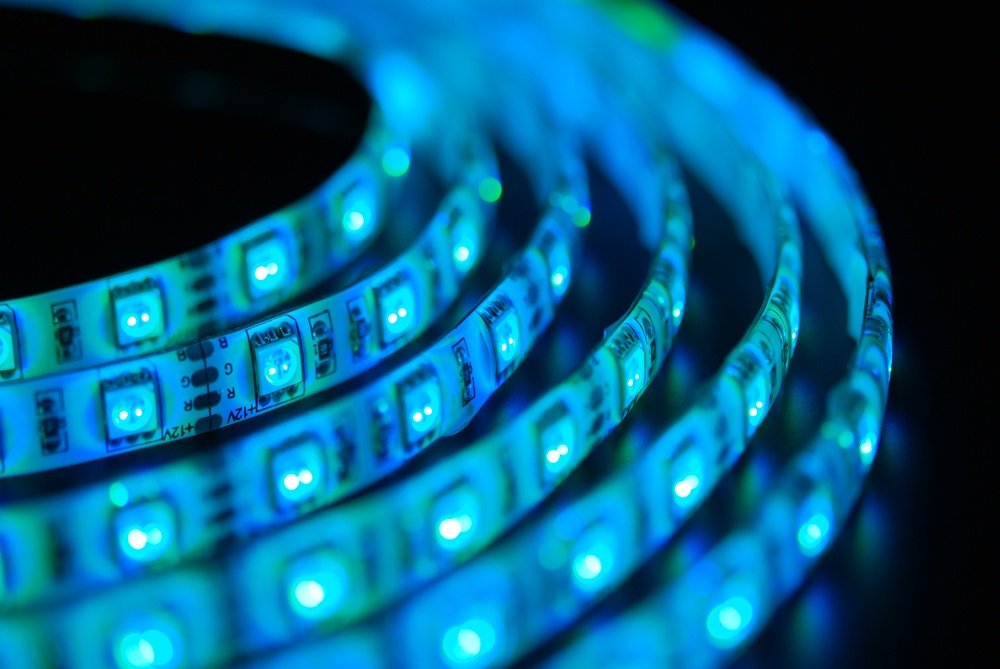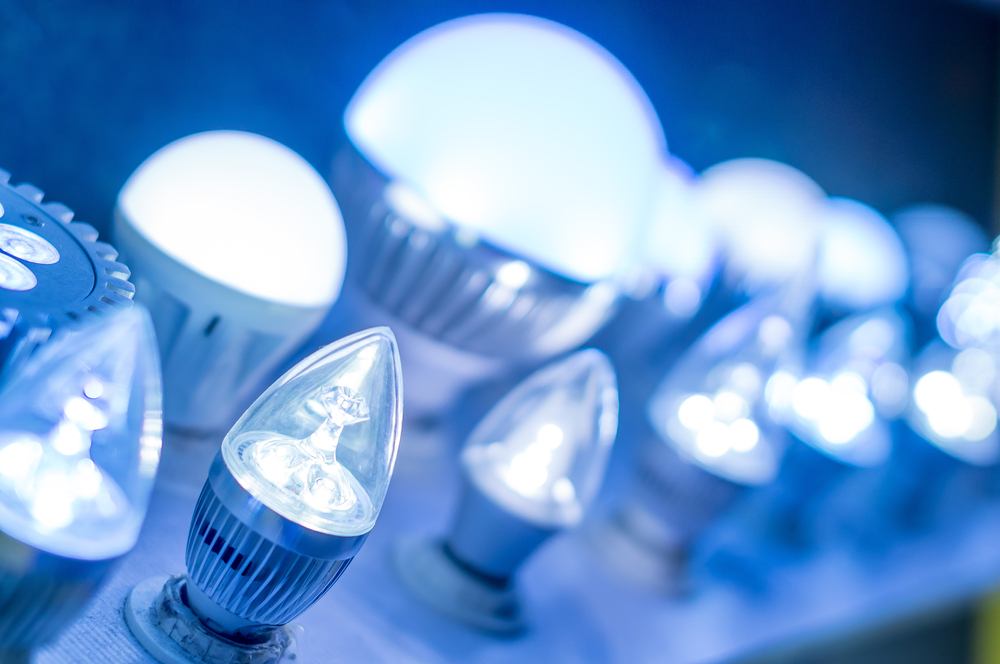The Technology Behind LED Lighting Efficiency

Light emitting diodes, or LEDs, have been a revolution in the energy industry, since their inception in the early twentieth century. They have many advantages over other standardized types of lighting, such as incandescent bulbs. They rarely burn out, don’t overheat, and are more energy efficient, which is why many journalists predict that the future of light is LED.
Homeowners, especially, can benefit from this powerful and innovative technology. In fact, you may be using it every day–and don’t even realize it!
LEDs work by the movement of electrons in a semiconductor material, creating electroluminscence. The earliest LEDS emitted low-intensity infrared light, which is what we use in remote controls and other electronics. Visible LEDS weren’t developed until later years.
Today, LEDS have been used in diverse fields such as aviation, automotive, advertising, and in traffic signals, and LEDs are just starting to make a splash on the commercial market. As consumers shift toward converting their home to LED lighting efficiency, it important to understand the history or LEDs and how they work.
Early Discovery
Electroluminscence was discovered in 1907 in England, but the first LED was not created until 1927 by Soviet inventor Oleg Losev. Afterwards, scientists from all over the world built on the research and further developed the technology.
In 1961, two scientists working for Texas Instruments named James R. Biard and Gary Pittman discovered infrared light emission from a tunnel diode and decided to patent the technology. They established a project based through Texas Instruments to continue their work and manufacture infrared diodes.
Thanks to the patent, they were able to protect their innovation and secure funding from their company.
What is a Diode?
A diode is a two-terminal electronic component that conducts primarily in one direction. A semiconductor diode is the simplest type of semiconductor device. A semiconductor is a material with a varying ability to conduct electrical conductor. They have a higher resistance than other types of material, but still lower than insulators. Semiconductor diodes, specifically, have a positive-negative junction connected to two electrical terminals.

Technology and Efficiency
Typical LEDS, not necessarily luminous, are designed to operate with no more than 30-60 milliwatts of electrical power. In 1999, Philips Lumileds introduced power LEDS capable of continuous use at one watt. How do they work? These LEDS use semiconductor die sizes to handle the large power inputs. For LEDs designed primarily for lighting, scientists were able to quickly match the standard lighting system’s energy consumption and then eventually reduce it over time.
For lighting, LEDS use significantly less energy than incandescent light bulbs. Though in years past, they have been expensive to install for the commercial and residential use. Since taking more precautions to converse energy for our environment, many policies have been enacted to push towards fluorescent lighting. However, this has caused backlash and now LEDs may be the solution for consumers dissatisfied with the flickery and ugly florescent light.
LEDs are proven to be an excellent alternative. They have the staying power of a fluorescent light, without the discomfort for the consumer. As scientists continue to develop LED technology, the cost to produce LED lights will lower over time and allowing all homeowners–not just the energy-conscious–to convert their home.
Benefyd can help you find ways to convert your standard lighting for LEDs. Even small changes, like switching out traditional Christmas lights for LED lights can have a significant impact! Learn more about how to improve your lighting efficiency by starting your home energy audit today.


